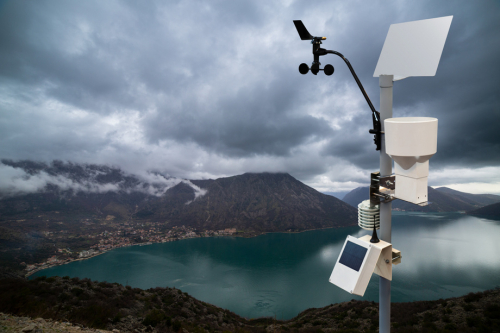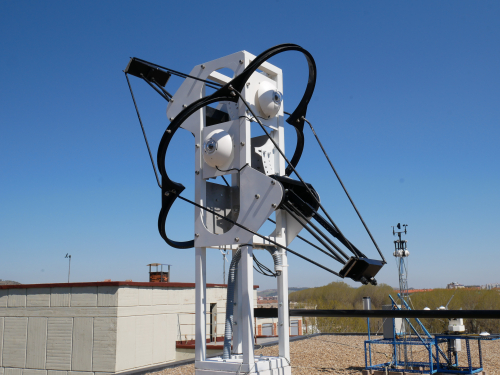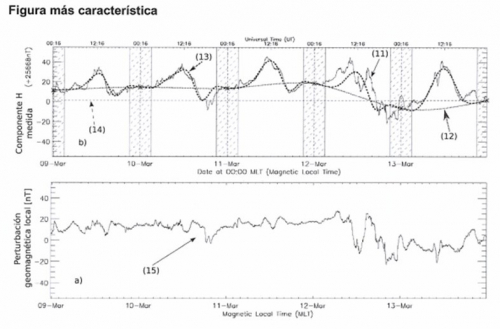Summary of the technology
Common forecasting methods for photovoltaic power systems can be based a) on physical models and numerical weather predictions, b) data-driven, using PV monitoring data, c) estimating cloud motions from satellite images or sky cameras or d) hybrid-models using different aspects of above mentioned methods.
The basis of our forecast approach is a detailed physical model, allowing to consider very detailed technical characteristics of the PV systems, if this information is available. But it also allows for a simplified approach working with basic information on the PV systems, at slightly reduced accuracy. This model is driven by meteorological forecast data, originating from a numerical weather prediction service and delivers intra-day, up to 72 hours ahead forecasts.
Since our model follows a bottom-up approach, it models each PV system individually and reaches good accuracies for single-site forecasts (RMSE around 10%, considering day-time values only).
Details of the Technology Offer
Background:In face of the growing number of variable renewable energy sources (particularly solar PV) in electrical networks, it becomes necessary to forecast this generation in a reliable and efficient way in order to support a better operation and planning of future energy distribution systems and to enable the integration of PV electricity into the short-term markets.
Benefits:Due to its detailed physical model and the bottom-up approach, LIST’s forecasting system is specifically powerful and accurate on single-site forecasts. Many data-driven forecasting algorithms, often applied to forecast the PV production of a portfolio of PV systems for utilities or other balance responsible parties, reach higher accuracies for large numbers of generators, distributed over a larger geographical area. While those forecast applications benefit from statistical effects (large numbers effect) and the smoothing of meteorological artefacts over larger regions, some applications require single-site forecasts for which the forecasting is much more challenging. Hence, our current forecasting approach provides state-of-the-art single-site forecasts for large portfolios of PV systems, which will in the future be complimented by a data-driven (machine learning based) module and the support of sky cam pictures for narrow geographical areas.
Applications:
- Distribution system operators for,
- the active, forecast-based operation of grid components (such as OLTC transformers, storage and switches)
- or in congestion forecasting and flexibility management (e.g. demand side management or flexibility procurement)
- Promotors of renewable-based energy sources and operators of larger scale or versatile dispersed PV systems (e.g. in direct marketing of PV electricity)
- Energy providers, aggregators or “balance responsible parties” in general e.g. in operation of virtual power plants or to complement the forecast of the residual load of their customers (becoming prosumers)
- Opportunity:
LIST would be specifically interested in testing and implementing the developed approach in use cases of specific interest to single-site forecasts. Hence, implementing and testing our model in a precommercial demo in one of the following fields (or similar) would be favourable:
- Forecast-based smart gird operation at high PV penetration
- Congestion forecast / management
- storage management or flexibility management to enable integration of high shares of PV
But also operation of virtual power plants or rather conventional forecast applications could be discussed.
IP Status:No patent, Copyright.
Desired business relationship
Technology development
Licensing
Related Keywords



